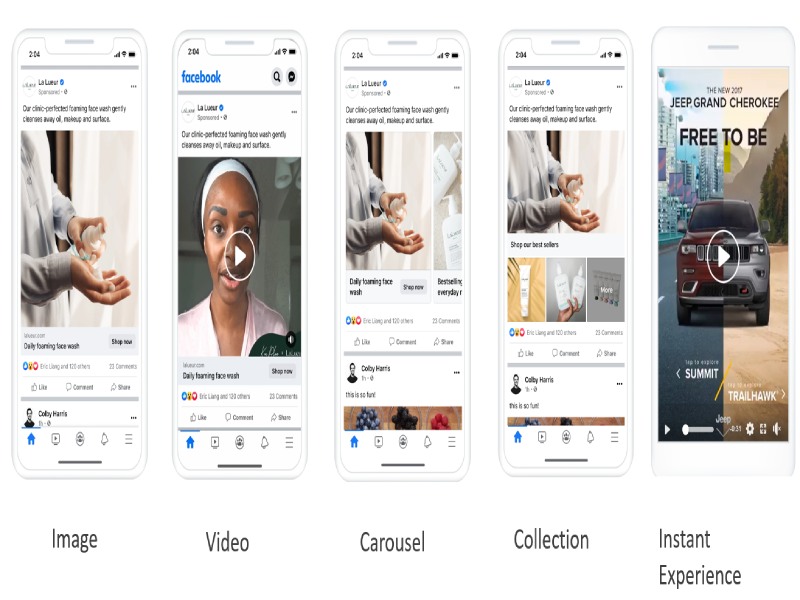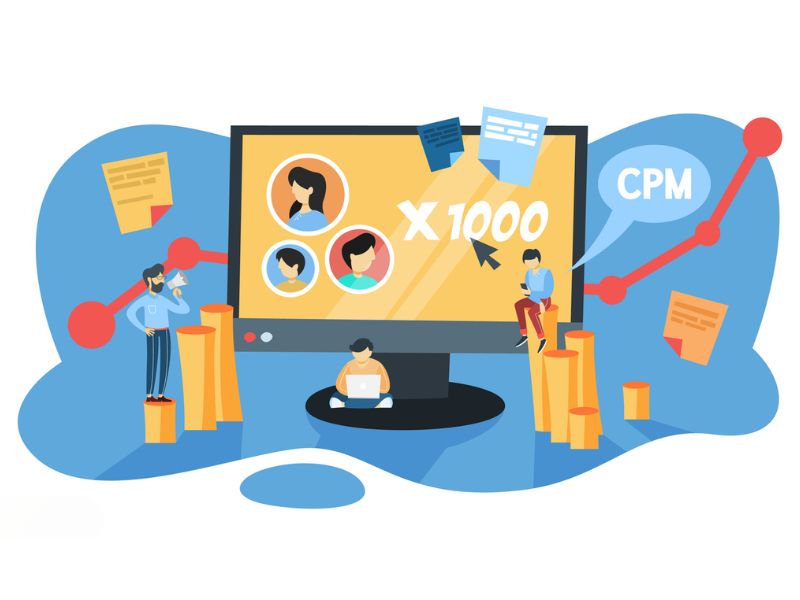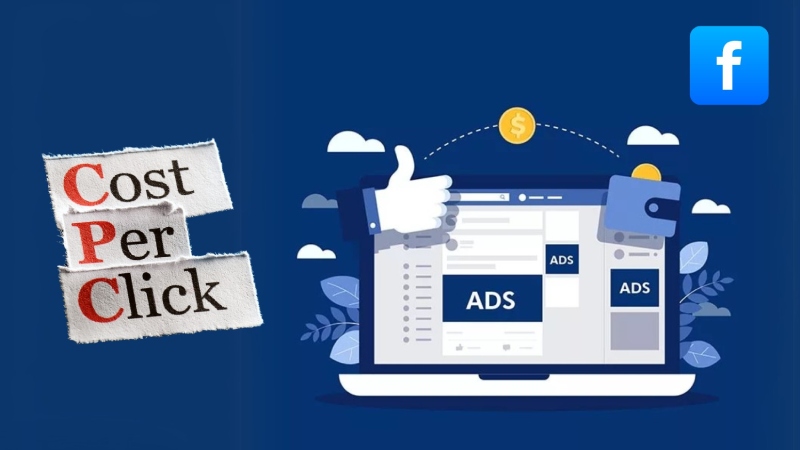Are you a business owner or marketing manager in the real estate sector looking to optimize your Facebook ad costs? This article provides the latest Facebook Cost Per Lead (CPL) rates and a detailed guide to help investors invest effectively. Discover how to determine the right CPL for your business and strategies to optimize costs while attracting high-quality leads to your conversion rates.
1. Overview on Facebook Cost Per Lead (CPL) for Real Estate
1.1. What is Facebook Cost Per Lead (CPL) for Real Estate?
Cost Per Lead (CPL) is a metric that measures the cost incurred for acquiring a lead through Facebook Ads. In the real estate sector, this typically refers to the cost associated with obtaining the contact information of a potential buyer or seller. Given the high value and often lengthy process of real estate transactions, monitoring CPL is critical for professionals and companies aiming to convert these leads into successful deals.
The formula for calculating CPL is straightforward:
| CPL = Advertising cost/Total number of leads generated |
For example, if you spend $6,000 on Facebook Ads and generate 20 leads, your CPL would be $300. This metric helps real estate professionals gauge the effectiveness of their ad spend and make informed decisions about their advertising strategies.
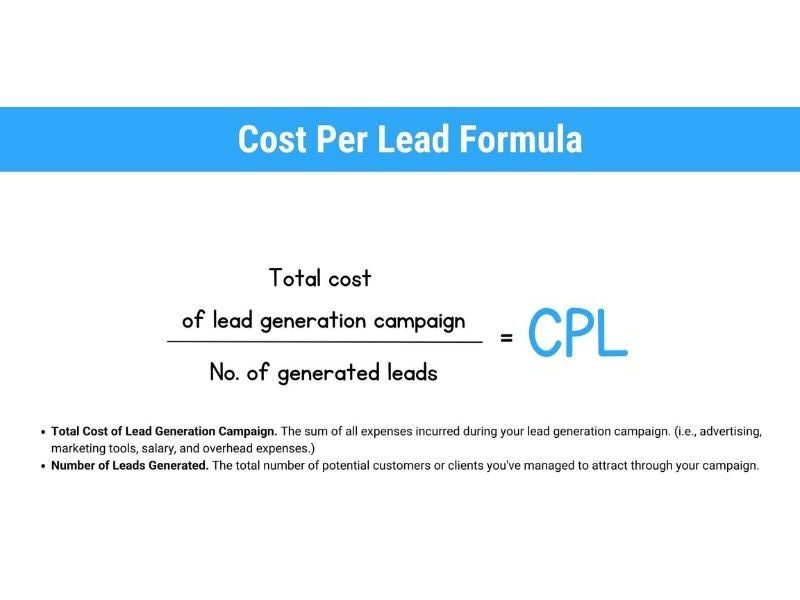
1.2. Why is Facebook CPL Important in the Real Estate Industry?
Facebook is one of the most cost-effective and powerful advertising platforms for the real estate industry. As of 2023, the average cost per click (CPC) on Facebook was $0.97, significantly lower than other platforms like LinkedIn ($5.26), Instagram ($3.56), YouTube ($3.21), and Pinterest ($1.5). This affordability, coupled with Facebook’s global popularity, makes it an ideal platform for reaching target audiences interested in real estate.
Facebook’s advanced targeting options, based on user activity, keywords, and search history, ensure that ads are delivered to users most likely to engage. This leads to higher conversion rates and more qualified leads compared to other methods like CPM (Cost Per Mille), which primarily increases brand awareness.
Moreover, Facebook CPL is easy to track and analyze through Return on Investment (ROI) metrics, enabling businesses to make data-driven decisions and optimize their campaigns for better results.
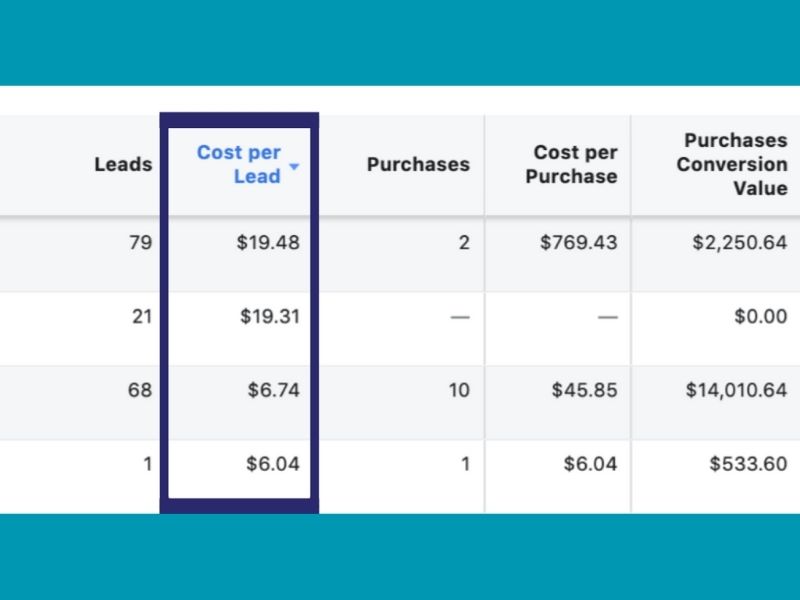
2. How Much Should You Pay for Facebook Cost Per Lead?
2.1. Average Real Estate Facebook Lead Costs
As of now, the average CPL for the real estate industry is around $12.43. However, this cost can vary depending on several factors:
Target Audience (TA)
In real estate, buyer leads generally cost more than seller leads due to higher demand and competition. Buyers are typically more sought after, driving up CPL as agents vie to connect with potential purchasers. Seller leads, while valuable, often come at a lower cost because of less intense competition. Understanding this cost difference helps in better budget allocation.
Market Conditions
The market conditions greatly affect CPL. In competitive real estate markets with many players, the cost of acquiring leads can rise significantly. High demand for ad space in bustling markets leads to increased CPL, whereas in less competitive areas, the cost might be lower. Knowing your market’s competitive landscape is crucial for setting realistic ad budgets.
Facebook Algorithms
Facebook’s algorithms influence CPL by determining ad frequency and relevance. Highly relevant ads may get more frequent placements, leading to better lead generation but often at a higher cost. Continuous monitoring and refining of ad campaigns can help optimize CPL, ensuring your ads reach the right audience effectively.
Ad Quality
The quality of your ads plays a key role in determining CPL. Well-crafted ads with strong visuals and clear messaging generally perform better, leading to lower CPL as they attract more engagement and conversions. Investing in professional ad design and content optimization is essential to maximize the effectiveness of your real estate campaigns.
Timing
Timing is crucial for CPL. During holidays or peak seasons like spring and summer, demand for real estate services increases, leading to higher CPL as more advertisers compete for attention. Understanding these seasonal trends allows for strategic ad spend planning, ensuring your campaigns are both cost-effective and timely.

2.2. What is a Good Facebook CPL for Real Estate Agents?
Determining a good CPL depends on your business goals and the value you place on each lead. A commonly recommended approach is to allocate 10-20% of your real estate agent income to lead generation. Alternatively, investing around $20 per quality lead is considered reasonable, provided these leads have a high potential for conversion.
If you’re managing your own ads, costs might be higher due to the learning curve and time required to optimize campaigns. Partnering with an ad service provider like NEMI Ads can help streamline the process, enabling you to focus on converting leads and closing deals.
It’s important to note that a high CPL doesn’t guarantee higher lead volume or conversion rates. Businesses must invest time in preparation, follow-up, and offering exceptional service to achieve the desired results. Regular evaluation and adjustments to your ad campaigns are essential for long-term success.
3. Tips to Optimize Your Real Estate CPL and ROI Simultaneously
While businesses have the freedom to choose their approach to increasing ROI, developing a clear strategy is crucial for achieving sustainable long-term results while optimizing investment costs.
3.1. Use Geographic Targeting and Demographic Targeting
To effectively utilize geographic targeting, focus on specific regions and demographic characteristics. By honing in on precise locations and tailored audience traits, you can enhance your ad’s relevance, increase conversion rates, and reduce overall costs. This targeted approach ensures that your ads reach the most relevant potential leads, optimizing both engagement and budget efficiency.
Geographic Targeting Tips:
- Identify Specific Areas: Pinpoint the locations where your target audience is most active by analyzing market data and existing client information. Focus your ad spend on these high-potential areas to enhance relevance.
- Leverage Facebook’s Geotargeting Features: Use Facebook’s geotargeting tools to ensure your ads are displayed only to users within your selected regions. This helps in reaching a more precise audience and improving ad efficiency.
- Personalize Your Ads: Customize your ads to align with local interests and cultural nuances. Tailoring content to reflect regional specifics increases engagement and makes your ads more relatable.
- Monitor and Adjust Performance: Regularly review ad performance metrics such as click-through and conversion rates. Adjust your targeting strategy based on this data to continually improve campaign effectiveness.
Demographic Targeting Tips:
- Identify Demographic Characteristics: Determine key demographic details of your audience, including age, gender, income, and education level. This information helps in creating targeted ad content that resonates with different groups.
- Segment Your Audience: Divide your audience into smaller, similar demographic groups. This allows for more focused and relevant advertising, increasing the likelihood of engagement and conversion.
- Create Personalized Ads: Develop tailored ads for each demographic segment, reflecting their unique preferences and needs. Personalized content is more likely to capture attention and drive responses.
- Track and Refine Performance: Monitor the performance of your ads across different demographic segments. Use this data to identify which groups are most responsive and adjust your strategy to enhance effectiveness.
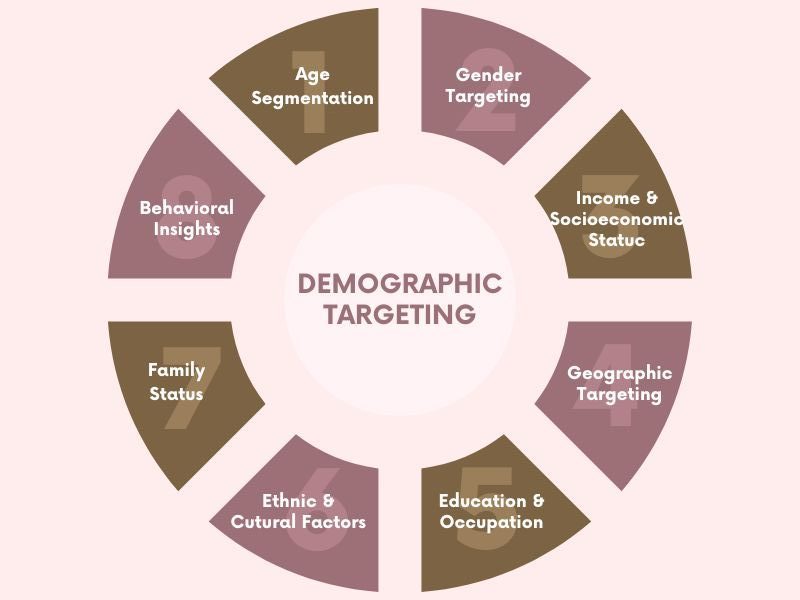
3.2. Use Testimonials and Reviews to Build Trust
Objective: To foster a strong sense of trust and credibility for your brand, which in turn encourages potential clients to follow your Call to Action (CTA). Building credibility involves demonstrating reliability, expertise, and authenticity to potential clients, making them more likely to engage with your brand and convert into leads or customers.
Execution Tips:
- Encourage Customer Reviews: Prompt satisfied customers to leave reviews through email or CTA buttons on your website. This encourages more feedback and builds your credibility.
- Collect and Showcase Reviews: Gather positive reviews and feedback from customers who have used your services and display them prominently. This highlights your strengths and reassures potential clients.
- Respond to Reviews: Address all customer reviews, both positive and negative, in a timely and professional manner. This shows you value feedback and are committed to improving.
- Share Positive Feedback: Promote positive reviews across your business platforms while addressing any feedback that highlights areas for improvement. This demonstrates transparency and fosters trust.
3.3. Utilize Video Marketing
To provide potential clients with a clear, honest, and comprehensive understanding of your products or services, thereby facilitating their decision-making process. Offering a realistic view helps manage expectations, build trust, and enable clients to make informed choices.
Execution Tips:
- Create a Series of Videos: Develop a set of videos that consistently address common customer concerns and questions. This helps in educating your audience and establishing authority.
- Highlight Key Features: Use engaging and informative videos to showcase the main features of your real estate listings. This visual approach makes it easier for potential clients to understand what sets your properties apart.
- Demonstrate Expertise: Leverage video content to demonstrate your knowledge and build a connection with potential clients. This helps in establishing trust and positioning yourself as a trusted expert in the real estate market.

3.4. Optimize Your Landing Page for Lead Capture
To improve user engagement and increase conversion rates by creating a landing page that effectively captures leads and provides a seamless experience for visitors. An optimized landing page not only attracts potential clients but also guides them through the decision-making process, making it easier for them to take the desired action.
Execution Tips:
- Design a User-Friendly Landing Page: Create a clean, easy-to-navigate landing page that avoids clutter and distractions. This ensures visitors can quickly find what they need without confusion.
- Use High-Quality Visuals: Incorporate relevant, high-quality images or videos that effectively communicate your message. This helps in capturing visitor interest and conveying your brand’s value.
- Optimize for Mobile Devices: Ensure your landing page is responsive and easy to use on mobile devices, with click-friendly CTAs. This enhances the user experience across all platforms.
- Conduct A/B Testing: Test different designs and messages to identify which versions perform best. This allows you to refine your landing page for maximum effectiveness and higher conversion rates.
3.5. Consider Your Ad Spend During Peak Times
To capitalize on high demand during peak seasons in the real estate market, ensuring that you maximize sales opportunities while efficiently managing advertising costs. By strategically adjusting your ad spend and focusing your efforts during these critical periods, you can enhance your market presence and achieve a higher return on investment.
Execution Tips:
- Adjust Ad Spend for Peak Seasons: Allocate a larger portion of your budget to peak seasons rather than maintaining a consistent spend year-round. This maximizes visibility when demand is highest.
- Create a Detailed Plan: Develop a comprehensive strategy for these high-demand periods. Concentrate your resources and efforts to capitalize on increased market opportunities and outperform competitors.
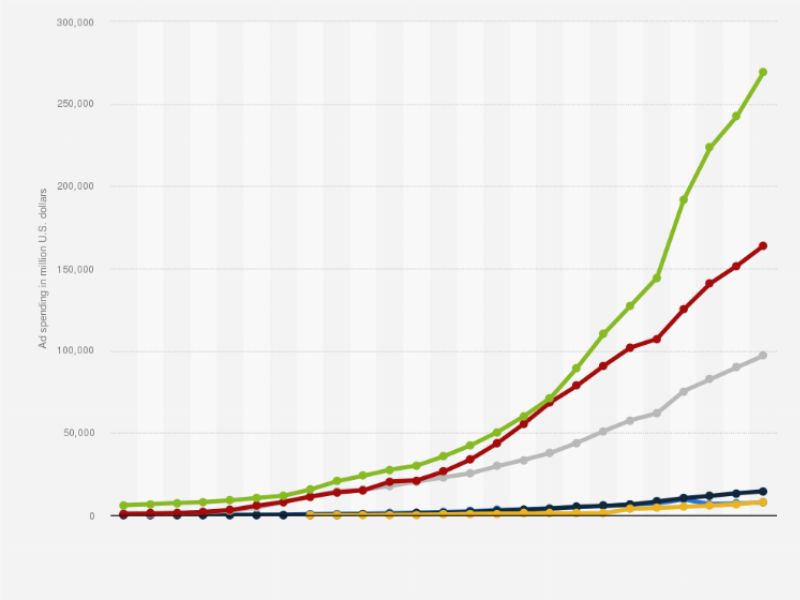
3.6. Test Different Ad Formats to Find What Works Best
To find and implement the most effective strategies for engaging your target audience, thereby making it easier for them to respond positively to your ads. By enhancing engagement, you can increase the likelihood of converting prospects into leads and ultimately drive better results from your advertising efforts.
Execution Tips:
- Test Different Ad Copy Styles: Experiment with various ad copy styles to find what best engages your target audience. Tailor your messaging to match their preferences and responses.
- Explore Various Ad Formats: Test different ad formats, such as Carousel, to create visual impact and emphasize your Unique Selling Proposition (USP). Assess which format captures the most attention.
- Position Promotional Codes Effectively: Try placing promotional codes and discounts in different locations within your ads to enhance their visibility and effectiveness. Ensure they are easily noticeable and actionable.
- Evaluate Different CTA Types: Experiment with various Call-To-Action (CTA) types to identify which ones drive the highest number of leads. Optimize your CTAs based on performance metrics.

For a successful Facebook advertising campaign, consider consulting with an expert service like NEMI Ads. NEMI Ads specializes in creating optimized and personalized ads for businesses in various industries, allowing you to focus more on converting leads and managing client relationships.
Hopefully, through the above article, NEMI Ads has helped you better understand how to determine the appropriate Facebook cost per lead level and how to optimize this cost for advertising campaigns in the real estate industry. By applying these strategies, you can get quality leads and increase conversion efficiency. Follow NEMI Ads to update more useful knowledge!
